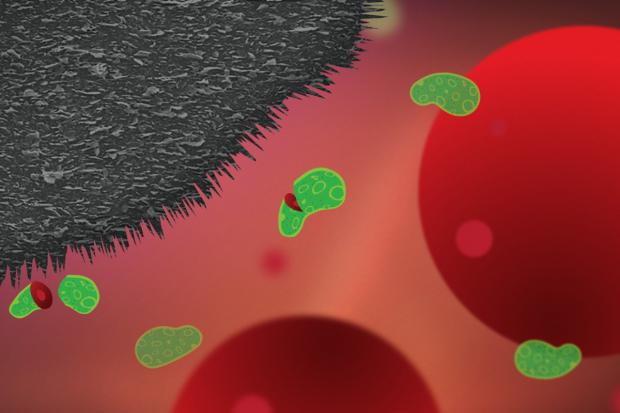
Breaking News
 BrightLearn - Revolutionizing Food: Grow Your Own Freedom...
BrightLearn - Revolutionizing Food: Grow Your Own Freedom...
 VIDEO: Alex Jones Goes Off On Trump, "The Globalists Have Been Deliberately Destroying...
VIDEO: Alex Jones Goes Off On Trump, "The Globalists Have Been Deliberately Destroying...
 Menopause and gut health: Decoding the relationship between hormones and digestive issues
Menopause and gut health: Decoding the relationship between hormones and digestive issues
Top Tech News
 Magnetic Fields Reshape the Movement of Sound Waves in a Stunning Discovery
Magnetic Fields Reshape the Movement of Sound Waves in a Stunning Discovery
 There are studies that have shown that there is a peptide that can completely regenerate nerves
There are studies that have shown that there is a peptide that can completely regenerate nerves
 Swedish startup unveils Starlink alternative - that Musk can't switch off
Swedish startup unveils Starlink alternative - that Musk can't switch off
 Video Games At 30,000 Feet? Starlink's Airline Rollout Is Making It Reality
Video Games At 30,000 Feet? Starlink's Airline Rollout Is Making It Reality
 Automating Pregnancy through Robot Surrogates
Automating Pregnancy through Robot Surrogates
 SpaceX launches Space Force's X-37B space plane on 8th mystery mission (video)
SpaceX launches Space Force's X-37B space plane on 8th mystery mission (video)
 This New Bionic Knee Is Changing the Game for Lower Leg Amputees
This New Bionic Knee Is Changing the Game for Lower Leg Amputees
 Grok 4 Vending Machine Win, Stealth Grok 4 coding Leading to Possible AGI with Grok 5
Grok 4 Vending Machine Win, Stealth Grok 4 coding Leading to Possible AGI with Grok 5
Implant coating combines meds and silver to prevent infections

The technology was developed via a collaboration between Germany's Fraunhofer Institute for Manufacturing Technology and Advanced Materials, and the Charité-Universtitätsmedizin Berlin. It's part of the larger AntiSelectInfekt project.
The first step involves utilizing a laser to finely structure the surface of an existing titanium hip. Doing so leaves the surface of the metal full of microscopic pores, each one similar in shape to a tiny amphora – this means they're wider at the bottom than they are at the top.
Next, a technique known as physical vapor deposition is used to apply a thin layer of silver to the metal. The silver, which has antimicrobial properties, coats the inside walls of each pore without actually filling it up.
Finally, right before implantation, the titanium hip is dipped in an antibiotic solution. That liquid is drawn into the pores.
Once the hip has been implanted, the antibiotic (which is tailored to the specific needs of each patient) starts flowing from the pores into the surrounding tissue. This helps keep any infections from developing immediately after surgery. The silver, however, releases bacteria-killing ions for the next several weeks, providing protection against infections throughout the healing phase.

 Why Politicians Seek Power
Why Politicians Seek Power HERE COMES THE MOTHERSHIP
HERE COMES THE MOTHERSHIP Venus Aerospace Hypersonic Engine Breakthroughs
Venus Aerospace Hypersonic Engine Breakthroughs

